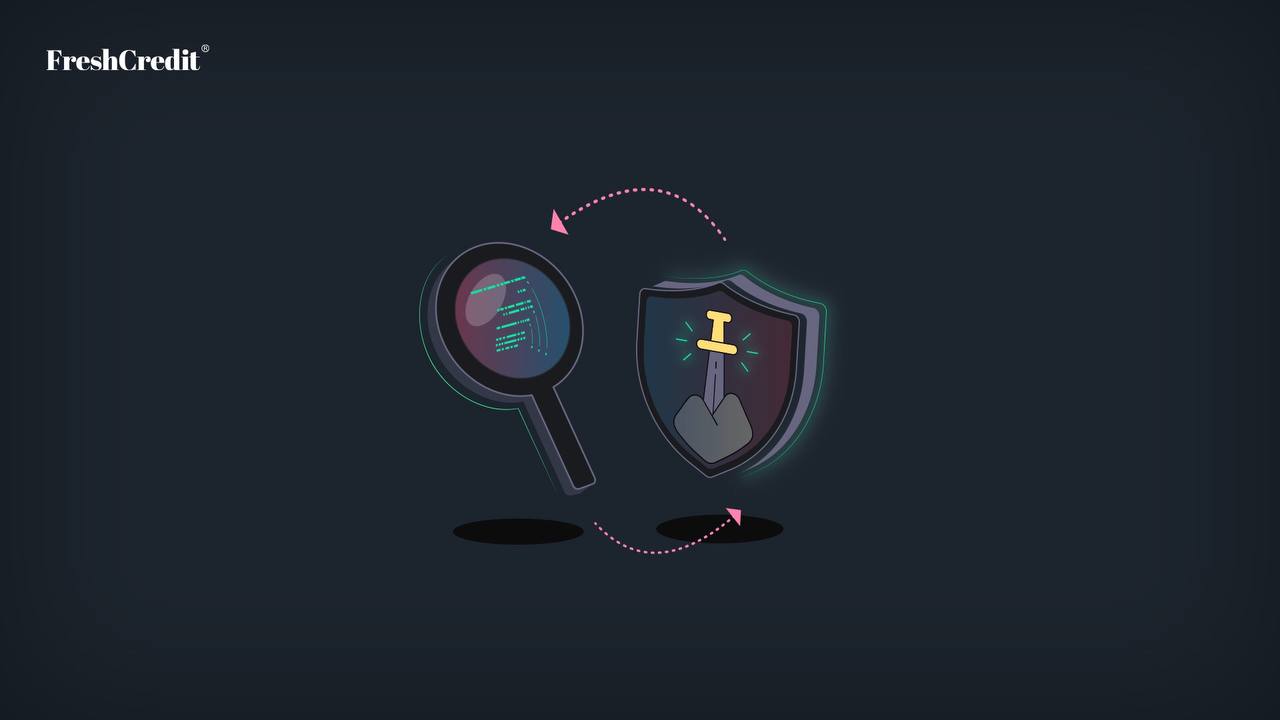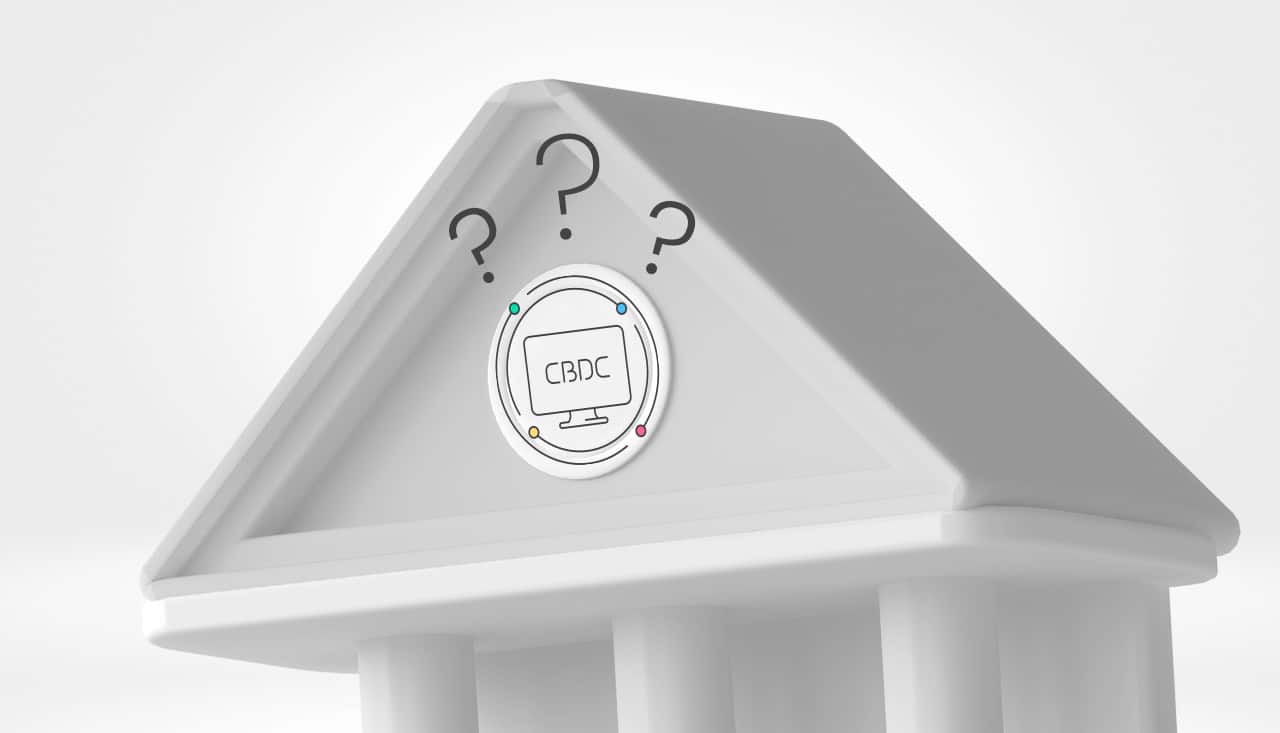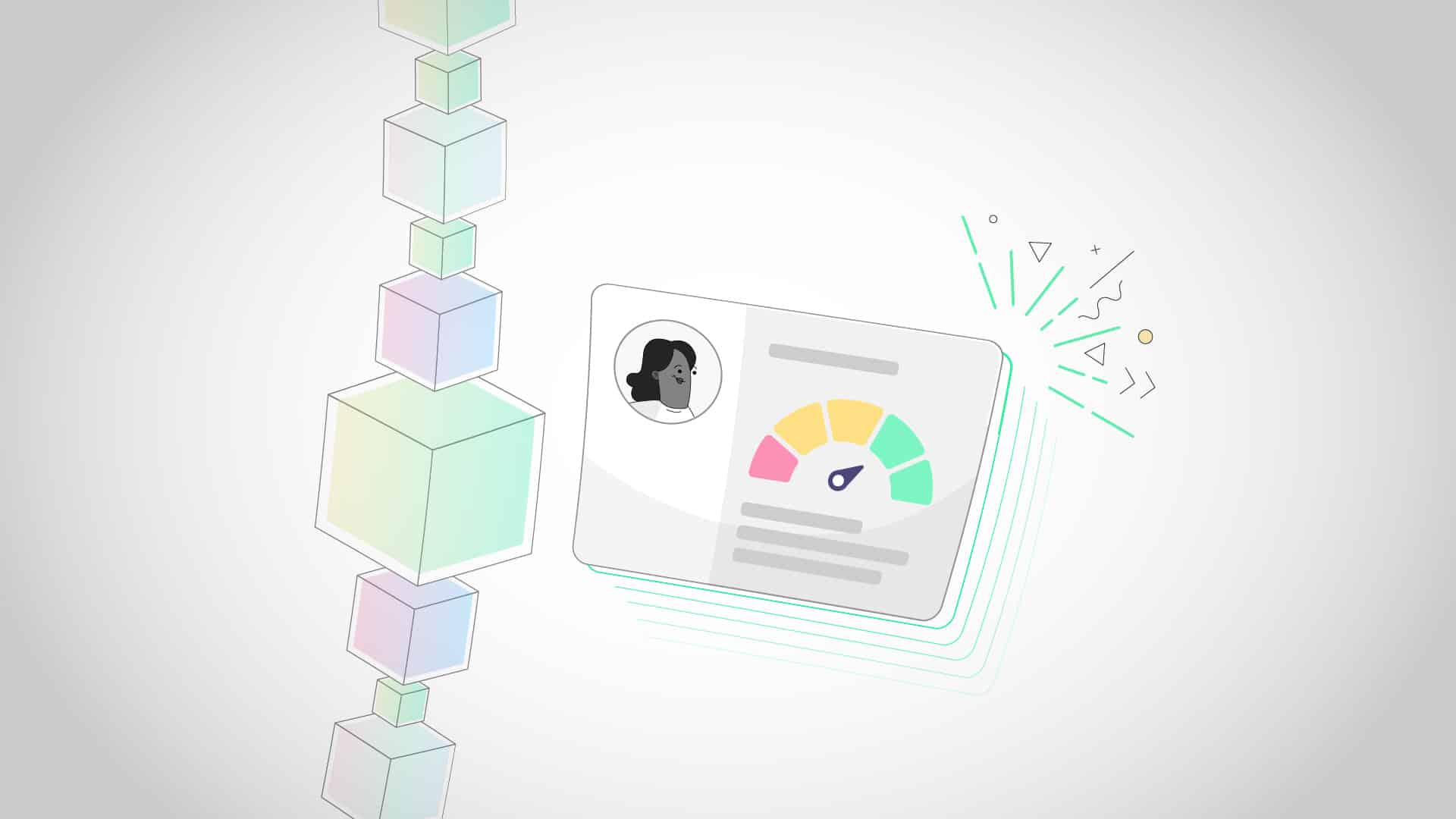
“Blockchain technology represents a fundamental shift in how we establish and maintain trust in financial transactions.”
Brian Armstrong, CEO of Coinbase
In today’s financial world, trust is paramount, yet traditional credit systems are fraught with vulnerabilities that erode consumer confidence and hinder financial accessibility. Errors, fraud, and inefficiencies plague these systems, creating an urgent need for innovation. Enter blockchain technology: a revolutionary solution that promises to redefine trust and transparency in credit systems.
The Problem with Traditional Credit Systems
Traditional credit systems centralize consumer data, making them prime targets for hacks and fraud. The repercussions of these security breaches are far-reaching, often leading to inaccuracies in credit reports that can affect consumers’ financial lives for years. The Federal Trade Commission notes that approximately 25% of all U.S. credit reports contain errors that could negatively affect credit scores1. Furthermore, identity theft fraud incidents increased by 45% in 2020 alone, indicating a significant rise in security breaches2.
Inaccuracies in credit reports can result in denied loans, higher interest rates, and a tarnished financial reputation. Consumers are often unaware of errors in their reports until they encounter these obstacles, which can take considerable time and effort to rectify. Moreover, traditional credit systems tend to lack transparency, making it difficult for individuals to understand how their scores are calculated and what factors influence them.
Blockchain as a Solution
Blockchain technology introduces a decentralized framework for credit reporting that inherently enhances security and transparency. By distributing data across a network, rather than storing it in a single central repository, blockchain minimizes the risk of centralized attacks and unauthorized access.
Key Benefits of Blockchain in Credit Reporting:
- Immutability: Once data is entered into a blockchain, it cannot be altered or deleted without the consensus of the network, reducing the risk of fraud and error. This immutability ensures that the data remains trustworthy and verifiable over time.
- Transparency: All transactions on a blockchain are visible to all parties having permissioned access, ensuring that all changes to data are traceable and auditable. This transparency allows consumers to see exactly how their credit scores are calculated and which data points are used.
- Security: The use of cryptographic hashing in blockchain ensures that data is securely encrypted, making it nearly impossible to hack. Each block of data is linked to the previous one using cryptographic hashes, creating a chain that is extremely difficult to alter without detection.
By integrating these features, blockchain technology addresses the core issues plaguing traditional credit systems and offers a more secure, transparent, and reliable alternative.
The FreshCredit Approach
FreshCredit leverages blockchain technology to overhaul how credit reporting and scoring are conducted. By moving these processes onto a decentralized network, FreshCredit addresses the critical failings of traditional systems and sets a new standard for transparency and trust in financial services.
Implementing Blockchain in Credit Systems:
- Decentralized Data Management: FreshCredit uses a distributed ledger to manage credit data across a network of nodes. This not only enhances security but also ensures that data is not controlled by any single entity, thereby preventing monopolistic practices and promoting fairness. Decentralization reduces the risk of data breaches and increases system resilience against attacks.
- Smart Contracts for Automated Trust: FreshCredit utilizes smart contracts to automate and enforce the terms of credit agreements. This reduces the need for intermediaries, lowering costs and increasing efficiency. Smart contracts execute automatically when predefined conditions are met, ensuring that agreements are honored without the need for manual intervention.
- Enhanced Consumer Control: FreshCredit empowers consumers to control their financial data directly. Through the use of blockchain, individuals can manage who has access to their credit information and under what circumstances, enhancing privacy and control. Consumers can grant or revoke access to their data as needed, ensuring that their information is only used for authorized purposes.
By implementing these strategies, FreshCredit not only improves the security and reliability of credit reporting but also empowers consumers with greater control over their financial data.
Impact and Future Outlook
The adoption of blockchain technology in credit reporting does more than just solve existing problems; it opens up a world of possibilities for future financial applications. With blockchain, new models of financial behavior and consumer interaction are emerging. For instance, peer-to-peer lending and micro-loans become more viable and secure, potentially unlocking financial services for millions of unbanked individuals worldwide.
The World Bank estimates that 1.7 billion adults remain unbanked globally3, but blockchain-based solutions could significantly reduce this number by providing secure, accessible financial services. By using blockchain to create transparent and reliable credit histories, individuals in developing countries can gain access to credit and other financial services that were previously out of reach.
Furthermore, blockchain technology can facilitate cross-border credit scoring, enabling individuals to use their credit history internationally. This is particularly beneficial for migrants and expatriates who often struggle to access financial services in their new countries due to the lack of recognized credit history.
Blockchain technology heralds a new era of transparency and trust in financial systems. As FreshCredit continues to innovate and expand its blockchain-based credit reporting system, it sets the stage for a global transformation in how financial trust and transparency are understood and implemented. By reducing fraud, enhancing security, and empowering consumers, blockchain technology is not just improving the credit system — it is rebuilding it from the ground up.
This new paradigm offers a promising outlook for financial institutions, consumers, and investors alike, aligning modern technological advancements with the age-old necessity of trust in financial interactions. As we move forward, the integration of blockchain into credit systems represents a significant step towards a more inclusive, fair, and secure financial ecosystem.
- Federal Trade Commission. (2020). Consumer Reports: The Impact of Errors on Credit Scores. Retrieved from FTC.gov
- Federal Trade Commission. (2021). Identity Theft and Fraud Report. Retrieved from FTC.gov
- World Bank. (2021). Global Findex Database: Measuring Financial Inclusion. Retrieved from WorldBank.org






























